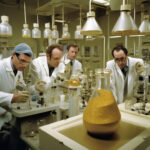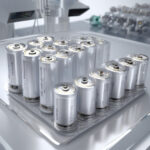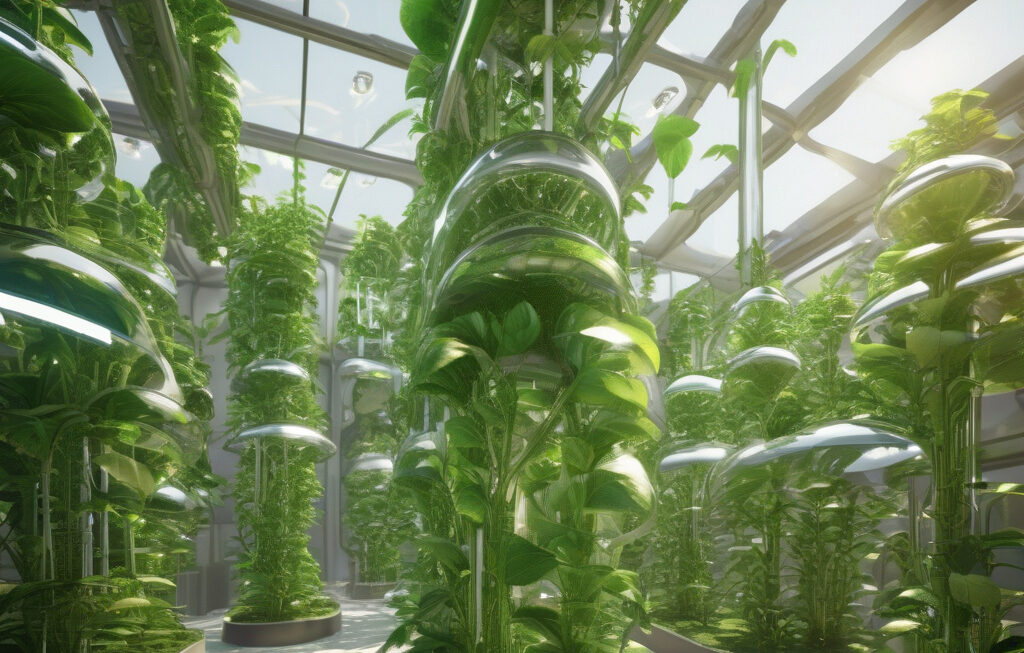Wetlands and Fungi: A Powerful Duo in PFAS Removal
In the realm of environmental breakthroughs, the synergy between wetlands and fungi has emerged as a game-changer in the fight against PFAS contamination. Recent research has unveiled a remarkable finding: by harnessing the natural abilities of yellow flag irises and beneficial fungi in constructed wetlands, the efficiency of PFAS removal can be significantly enhanced.
The collaboration between wetlands and fungi represents a novel approach that holds immense promise for remediation efforts in areas impacted by PFAS pollutants. Per- and polyfluoroalkyl substances (PFAS) are a group of human-made chemicals used in a variety of products, ranging from non-stick cookware to firefighting foam. Due to their persistence in the environment and potential health risks, the removal of PFAS compounds has become a critical priority for environmental scientists and policymakers.
Constructed wetlands have long been recognized for their ability to purify water by filtering out contaminants and promoting natural processes of degradation. By introducing yellow flag irises, a species known for its capacity to absorb pollutants, into these wetlands, researchers have observed a significant increase in PFAS removal rates. The yellow flag irises act as bioaccumulators, drawing in PFAS compounds from the water and storing them in their tissues.
What sets this innovative approach apart is the introduction of beneficial fungi into the wetland ecosystem. Fungi play a crucial role in breaking down organic matter and facilitating chemical transformations in the environment. In the context of PFAS removal, certain species of fungi have demonstrated the ability to degrade these persistent compounds, offering a sustainable and cost-effective solution to a pressing environmental challenge.
The successful pairing of yellow flag irises and fungi in constructed wetlands highlights the potential for nature-based solutions to complex environmental problems. By harnessing the intrinsic abilities of these natural agents, researchers have unlocked a powerful mechanism for enhancing the efficiency of PFAS removal processes. This interdisciplinary approach, combining principles of ecology, microbiology, and environmental engineering, exemplifies the innovative strategies needed to address 21st-century environmental challenges.
The implications of this breakthrough extend beyond PFAS remediation, offering insights into the broader field of environmental science and sustainable remediation technologies. As the global community grapples with escalating environmental threats, ranging from pollution to climate change, the integration of nature-based solutions holds the key to a more resilient and harmonious coexistence with the planet.
In conclusion, the collaborative efforts of wetlands and fungi in the realm of PFAS removal signify a paradigm shift in environmental remediation strategies. By recognizing and leveraging the natural processes at play in ecosystems, researchers have paved the way for a more sustainable approach to tackling pollution and safeguarding environmental health. As we look towards a future shaped by innovation and environmental stewardship, the partnership between wetlands and fungi stands as a beacon of hope for a cleaner, healthier planet.
#Wetlands, #Fungi, #PFASRemoval, #EnvironmentalInnovation, #SustainableSolutions












